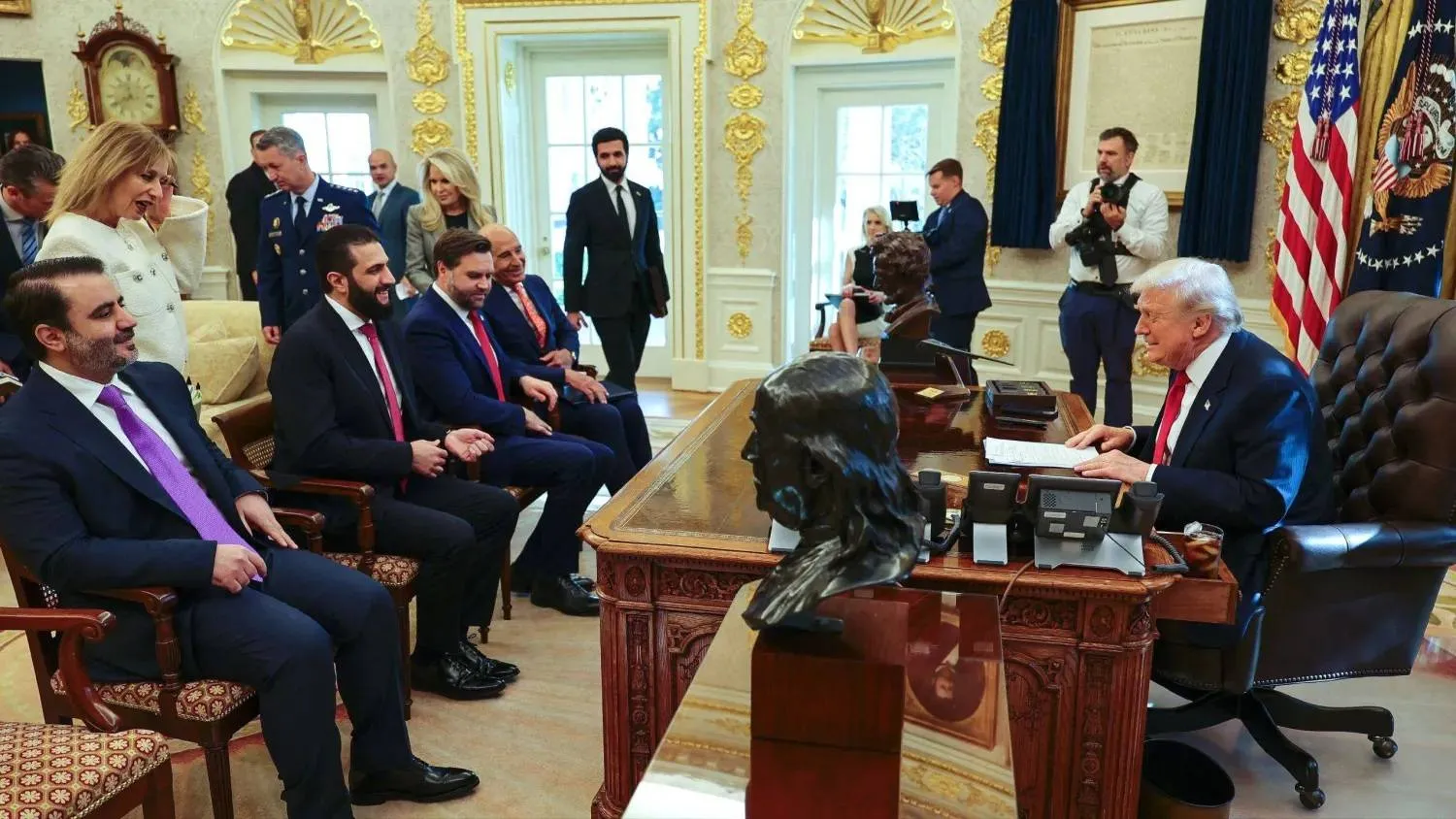Can three planes sum up a portion of history and the future? It seems that this has already happened. While two of these planes hit the World Trade Center in New York on 9/11, the third took off around twenty years later, departing from Afghanistan as desperate Afghans chased it, with some losing their lives as they clung to it.
However, summing up a portion of history in this way could seem “disturbing,” as it is a reductionist narrative of the thousands of people and billions of dollars that were lost. It would perhaps be more sound to add a fourth plane - a drone this time, that which killed Ayman al-Zawahiri in Kabul last August.
Twenty-one years on from 9/11, can we say that the “terrorist groups” who had initiated this battle at its outset, like Al-Qaeda - and we can add those that followed in its footsteps with new names and slogans, like ISIS, if we want to be brutally precise - are still robust forces? And what is left of them? Where are these remains found? Are they still the number one enemy of the United States?
In Afghanistan itself, where everything began, the enemies of the United States have expanded their circle of hostile targets, with ISIS-K launching a suicide attack against the Russian embassy. On the other hand, the United States has reached a settlement with the Taliban, which had been on the opposite side of the War on Terror. Their deal left the latter back in power, but that did not prevent the United States from keeping its eyes open and taking out Zawahiri.
In an August piece published in the Rand Institute, James Dobbins argued that “this latest success demonstrated anew the efficacy of US long-range targeting capability, but this has never been in doubt. What has been questionable, and remains so, is the US ability to monitor extremist activity in a country in which it lacks both direct access and a partner on the ground.
He then added: “the Taliban’s apparent decision to host the world’s most wanted terrorist will probably lead the world to further isolate the Taliban, making it more difficult to track, let alone influence, what’s going on there.”
Iraq and Syria
In Iraq, Mosul’s historical Nuri Mosque, which ISIS had turned into its headquarters, is now under UNESCO’s control. Things don’t seem different on the military front.
The official spokesman for the Iraqi Counter-Terrorism Service, Sabah al-Numan, affirmed two days ago that “the ISIS terrorist gangs have lost the initiative,” adding that the situation on the border with Syria has become much better and more stable.
However, while his assessment is encouraging, many observers remain worried about cells active in the country. Indeed, their fears are not baseless, as an ISIS cell was recently apprehended in Kurdistan.
The picture is not much different in Syria. The Syrian Democratic Forces (SDF) have discussed attempts by ISIS-affiliated militants to open corridors south of the Euphrates to establish lines of communication with other members.”
According to a statistic published by ISIS’s Al-Naba magazine, 26 of the 50 operations the organization launched between the first and seventh of September hit targets in the Levant, leaving 49 people dead or wounded.
Al-Qaeda boasts two headquarters, the first in Yemen, where the group managed to kill 21 Yemeni soldiers in the south this month, losing only six of their fighters in the clashes.
The second is in Somalia, where the Al-Shabab, Al-Qaeda’s strongest and most active branch, killed 17.
African affiliates
Through operations and attacks of divergent scales, ISIS affiliates are active in several African countries, where they have left (in the first week of September alone) 75 people dead or wounded.
Mohamed Fawzy, an Egyptian researcher specialized in regional security affairs, tells Asharq Al-Awsat that “after 2001, terrorist attacks would rise and fall, peaking period after 2011.
However, he adds, “The organizations affiliated with Al-Qaeda and ISIS are still active in critical strategic areas in the Middle East, Africa and Southeast Asia, especially after the Taliban took over the Afghan state. Indeed, the Taliban’s rise has motivated many organizations to strive to replicate its model and has turned Afghan territory into a safe haven for many of these groups and their top brass.”
Who is the enemy? What is the priority?
The AP reported that the second in command at the CIA said in a closed-door meeting that fighting Al-Qaeda and other terrorist groups remains a priority, but increasing funds and attention will go to countering China. Naturally, the increased focus on the latter will reduce the funds allocated for combatting terrorism.
This shift did not occur overnight, but it seems to be moving increasingly swiftly recently. In June 2021, the Pentagon announced its decision to reduce the number of American troops in the Middle East. Two months later, the decision to pull out of Afghanistan was taken.
Moreover, Russia’s war on Ukraine has compelled the US to focus more strongly on Europe, with President Joe Biden announcing the deployment of new troops shortly after that war began.
Nevertheless, Fawzy insisted that “terrorism still constitutes the greatest threat facing all countries of the world. Experiences have demonstrated that these organizations cannot be completely eliminated, especially with their adoption of novel strategies.”









